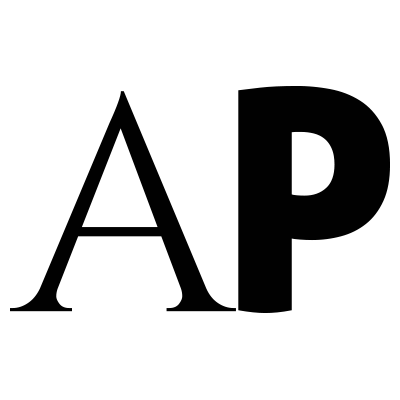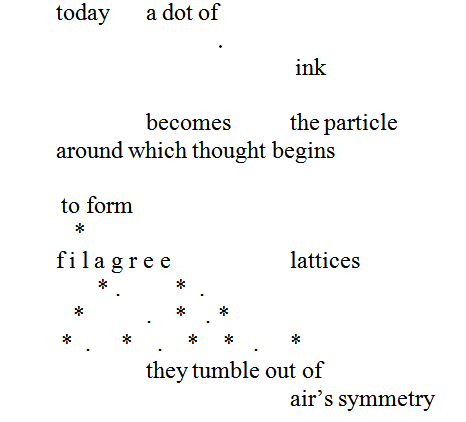Daniela Elza finds voice in both the gaps and the gravity of language in her second book, milk tooth bane bone, an interconnected series of poems that begins with this startling image:
The four titular nouns typify what I mean by gravity and gaps. Elza places these words side by side as effortlessly as setting four small stones in a row on the beach, yet they carry the weight of four silent moons around a planet, bodies that bend space-time, bodies to gather ideas around. And in the gaps: lightning-quick and neural. While milk and tooth speak of life, of the fierce eagerness of the child to live and grow, the bane (poison) and the bone remind us of the danger inherent in living, of the equal fierceness of our own mortality, and of the words that fail us.
The ubiquitous crows are here in the opening scene with the poet and throughout the book, alert and watching, “passing on sharp- eyed secrets,” but not interfering, at least, not in any direct, linear way. There may be some readers who think that crows are overdone in poetry, that we don’t need more of them, and Elza recognizes this:
But we come to learn that the omnipresence of the crow, the ‘crowsmos’ as she playfully coins, stems from an early experience in her life, when she threw her baby teeth on the roof for the crows, chanting the traditional Bulgarian rhyme she learned as a child. The crow, then, is more than poetic shtick or fancy, and Elza finds them showing up in her family’s history, one and two generations earlier, in her own present life as mother and partner and poet, and in her philosophy that pulls her forward into the future. This is, after all, an intelligent book, a working-out of ideas that begins with a diagnosis and runs ahead with a method of poetic inquiry, taking us wherever words can go.
One of the places Elza’s poetry takes us is the abiding truth of this:
Elza recognizes not only the power of words and the shape of language, but the strength of the silence in between.
I’ve known Elza’s work since we first met in the Rocksalt anthology in 2008, then again in 4 Poets in 2009, and I have followed her work with interest, partly because we are in the same ‘pod,’ publishing our first and second books around the same time. I’ve seen her work mature and what I considered in the past to be, at times, excessive play and abstract passages without solid images to hang onto, have now become, in my view, a happy marriage of play and image and poem. Her poems can be read fluidly, without regard for the internal playfulness, but the reader can also come back and take the time to see the vertical and even diagonal connections, along with the fun of punctuation thrown about, as in the suite of poems called “snowflake: a case study”:
The asterisks accumulate section-by-section to this point, and then melt away. Elza also uses italics, parentheses, periods, and word-stretching to point out what is buried in language, to break open words the same way that crows open up mussels on the beach.
There is much more here to uncover. What is left is
The bones are gone over until they’re clean, and we wander the shores of this earth, picking up what interests us. I hope you choose a copy of Elza’s milk tooth bane bone.
Al Rempel’s books are This Isn’t the Apocalypse We Hoped For and understories. His poems have appeared in various journals and anthologies. He can be found at http://alrempel.com.
An edited version of this review also appeared in print in Arc 73.
SILK HOOF LANE POEM arc






